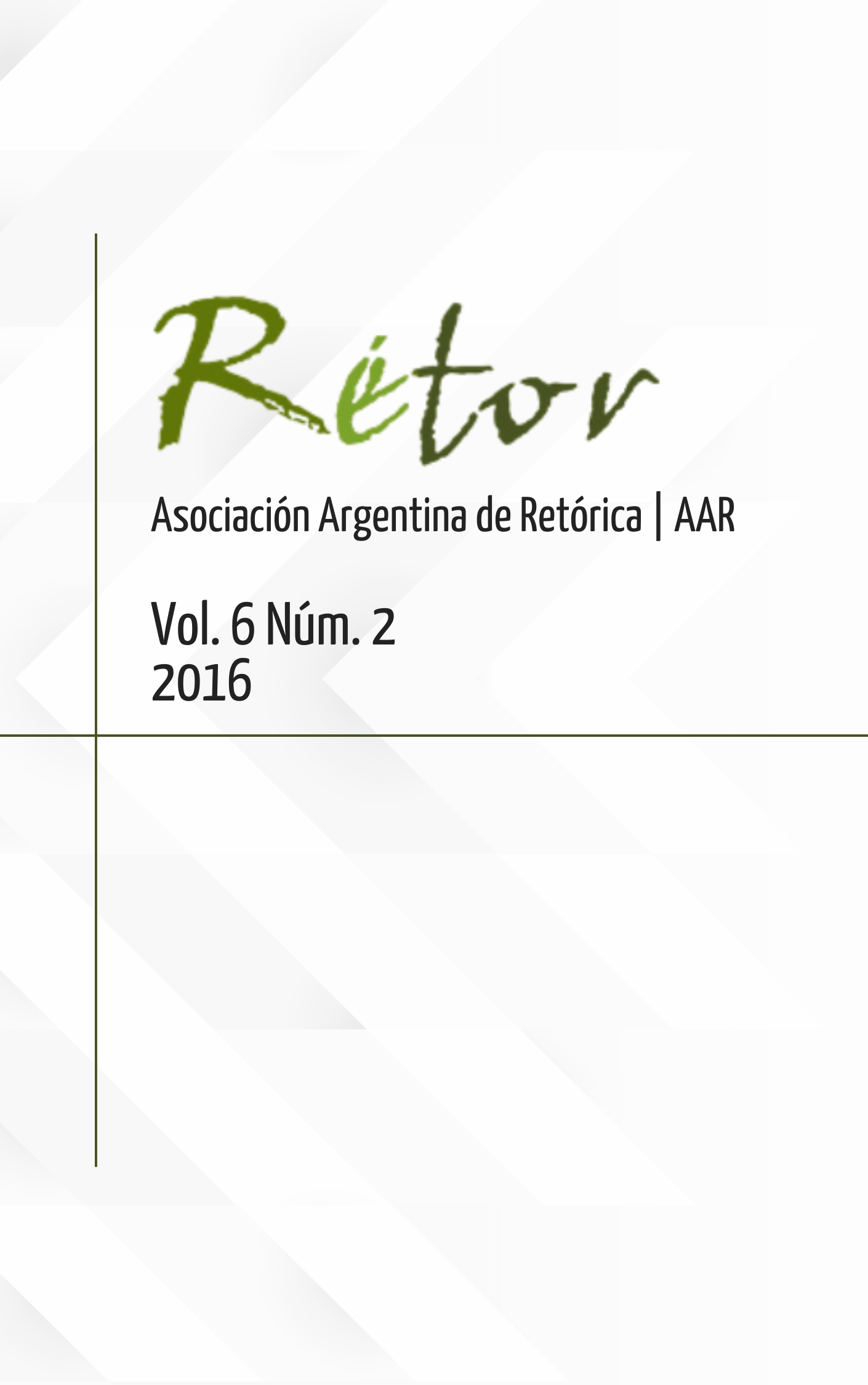The rhetoric of the two last editions of the Orthography of the Royal Academy of the Spanish Language
Main Article Content
Abstract
In this paper, I analyze the two last editions of the Orthography, the spelling manuals published by the Royal Academy of the Spanish Language (1999 and 2010), following the principles proposed by Chaïm Perelman and Lucie Olbrechts Tyteca (1989), to reveal the agreements which are the base of the argumentation and to observe the topics and argumentative strategies used. Although in both manuals the conclusion is the same –to preserve the current spelling system– there are ruptures and transformations in the rhetorical device. In the prologues of the linguistic instruments (Auroux, 1992) there are arguments that legitimize their own normative dimension. Therefore, the analysis of argumentative shifts shows that the arguments of the academic texts depend on specific positions in the historical, political and ideological context. In both editions remain arguments that support the permanence of the current spelling system because of the consensus and stability achieved in Spain and America, and arguments that contribute to build a positive image of the orator as a reformist institution. However, in the last edition (2010) the Academy uses different arguments looking for a more scientific discourse on language that reinforces the argumentative device to legitimize its own linguistic regulations. Moreover, new arguments that depend on linguistics dynamics of the recent decades are used: the expansion of the New Panhispanic Language Policy and the commercialization of the Spanish language.
Downloads
Article Details

This work is licensed under a Creative Commons Attribution-NonCommercial 4.0 International License.
Las obras se dan a conocer en la edición electrónica de la revista bajo una licencia Creative Commons Reconocimiento-NoComercial 4.0 Internacional. Se pueden copiar, usar, difundir, transmitir y exponer públicamente, siempre que i) se citen la autoría y la fuente original de su publicación (revista, editorial y URL de la obra); ii) no se utilicen para fines comerciales; y iii) se mencione la existencia y especificaciones de esta licencia de uso.

